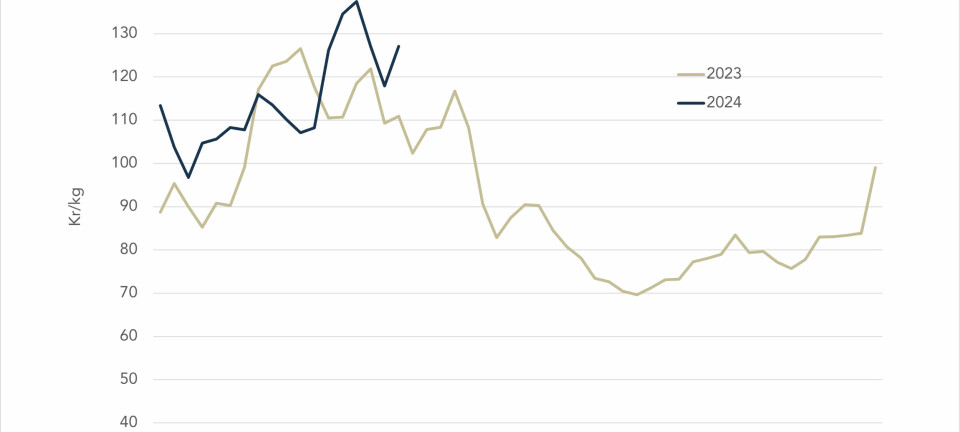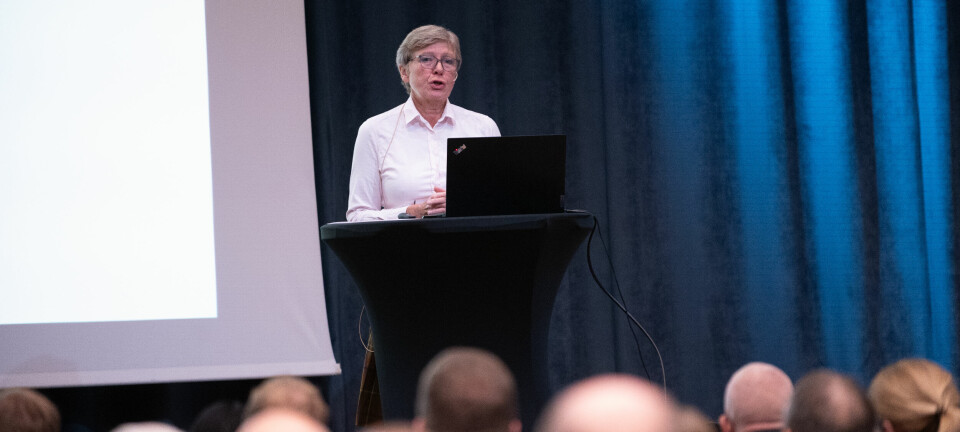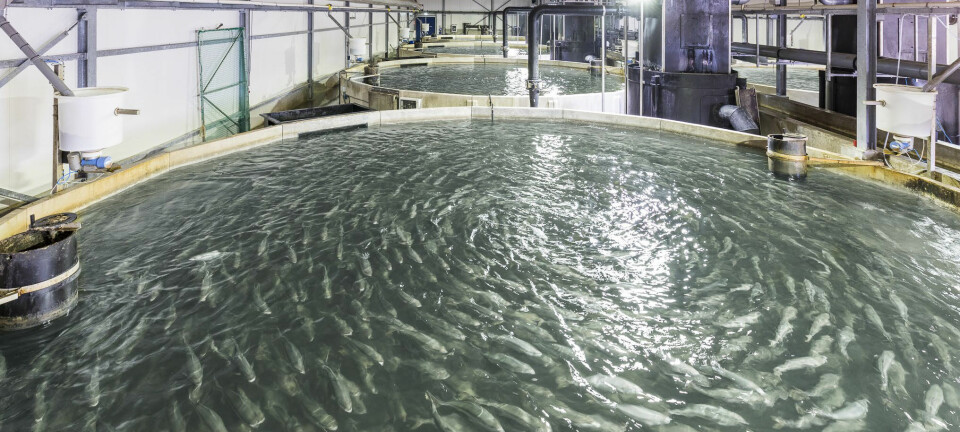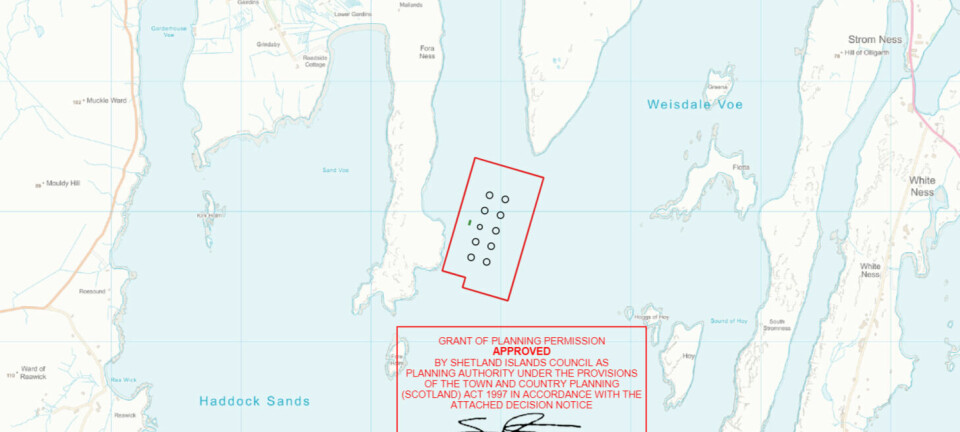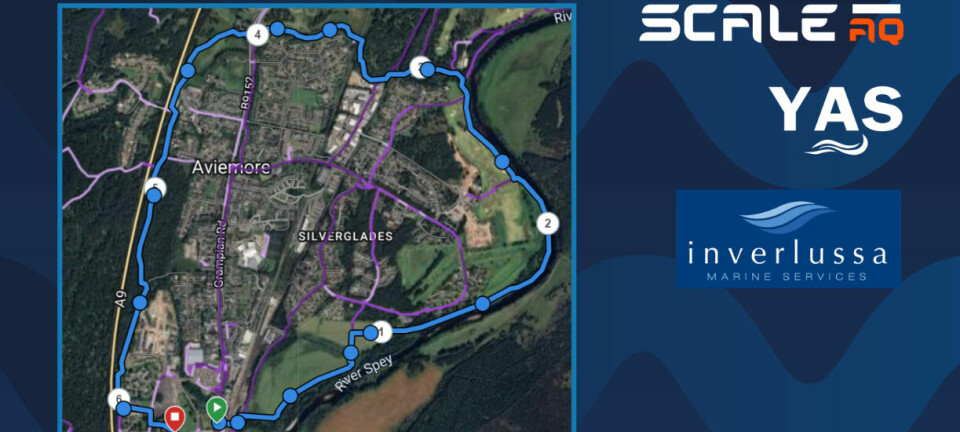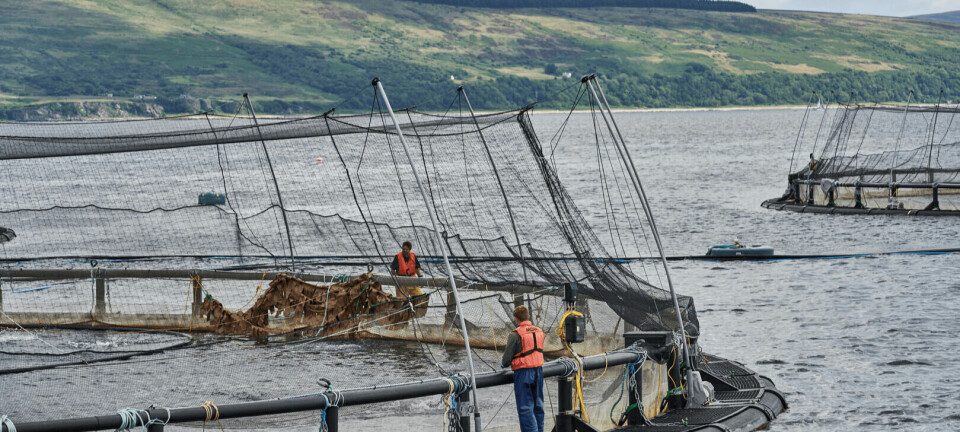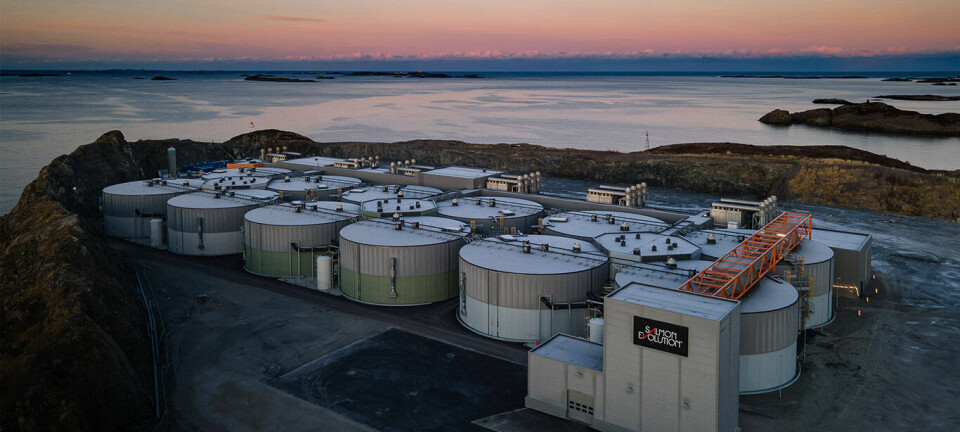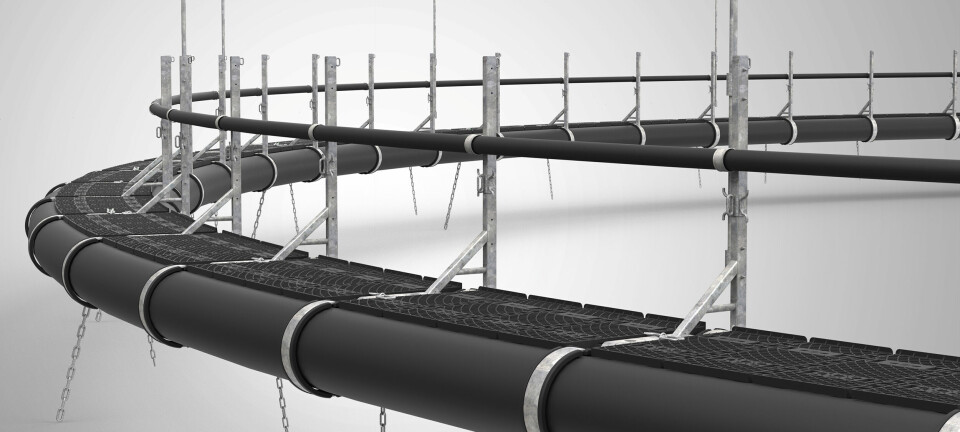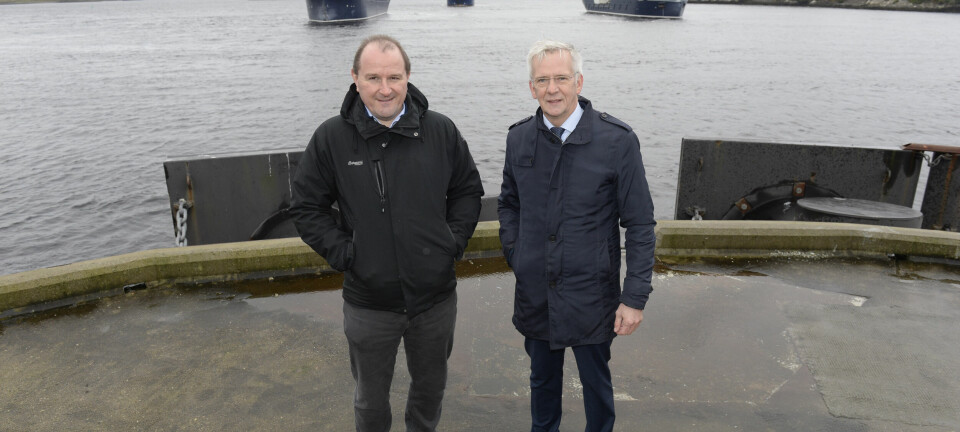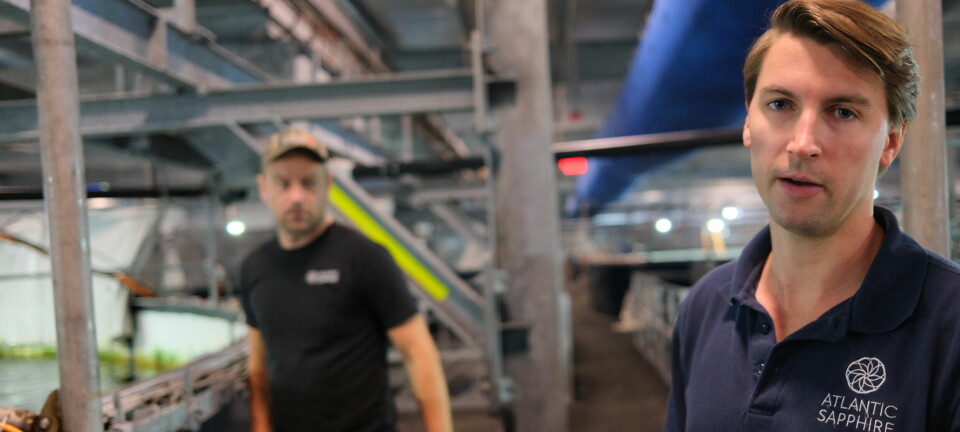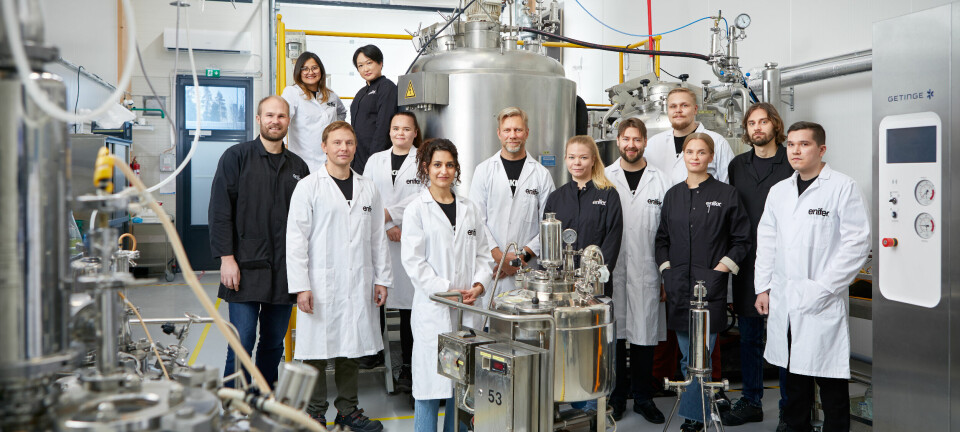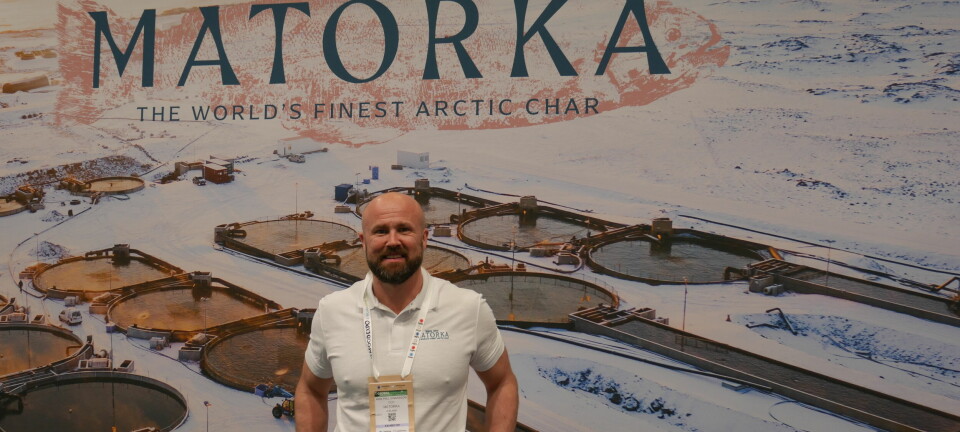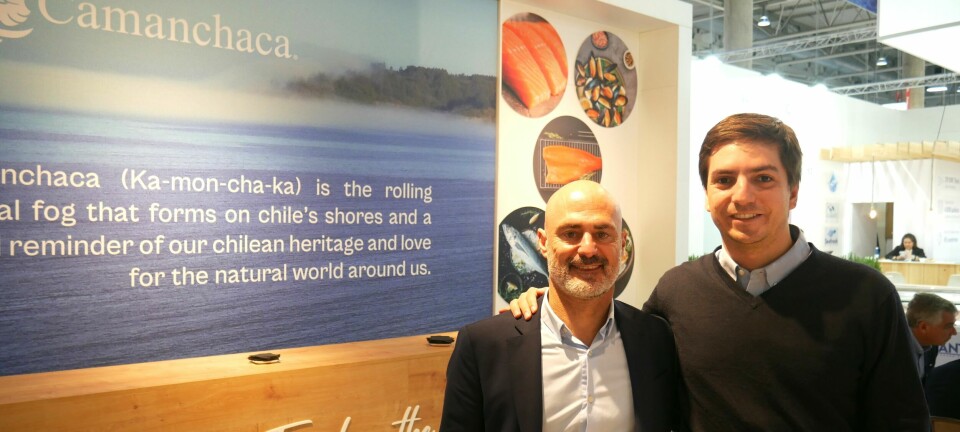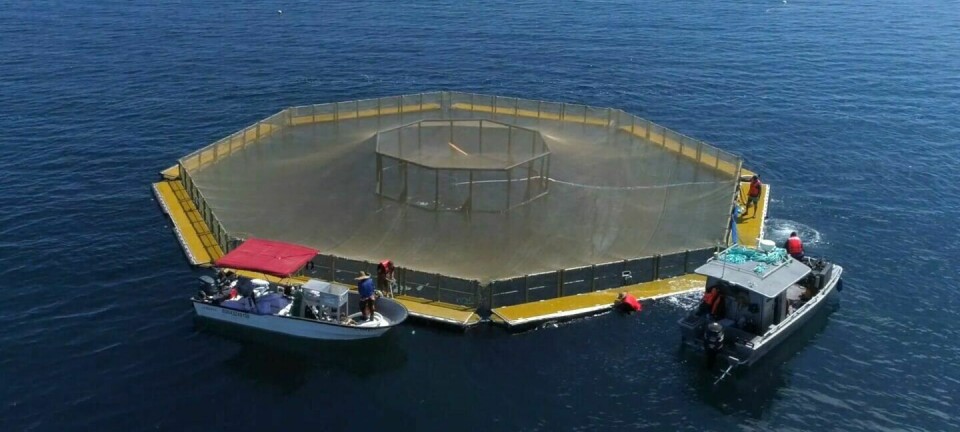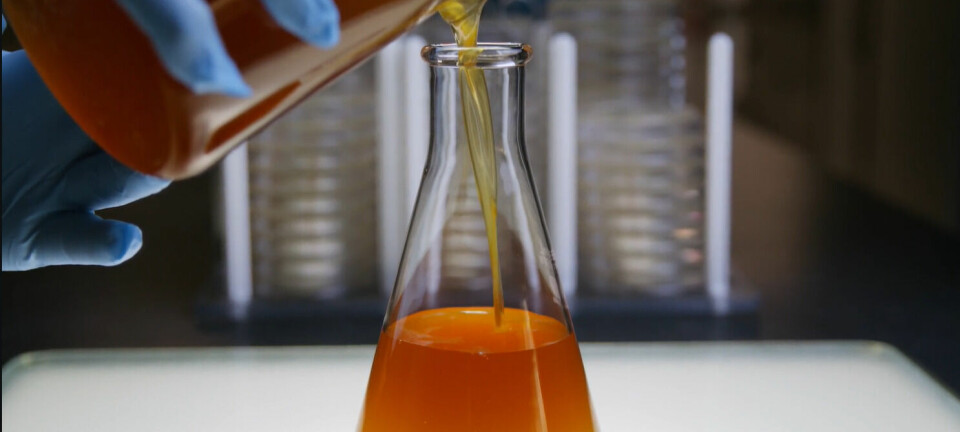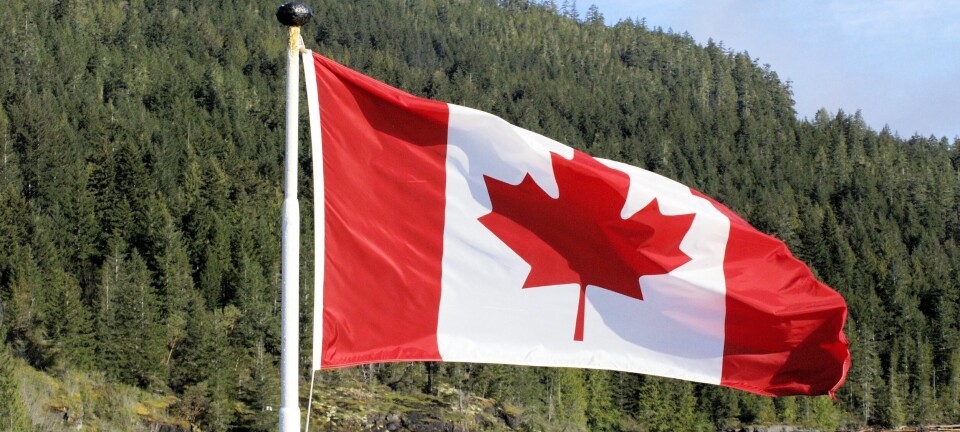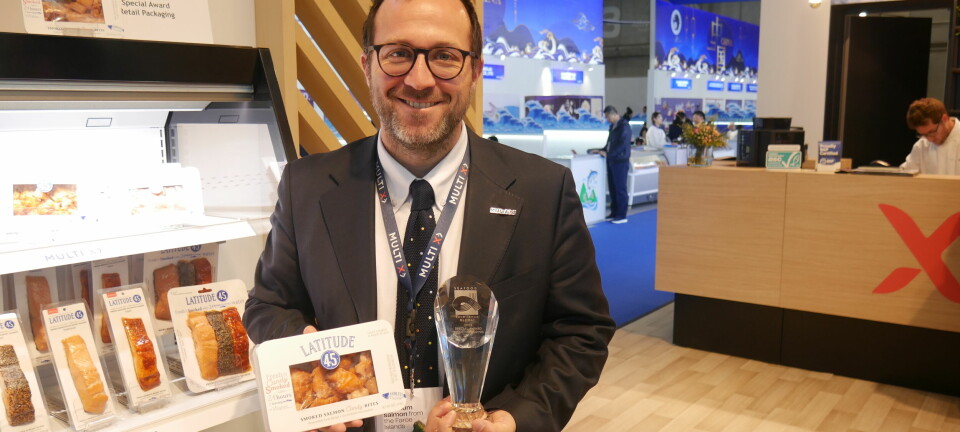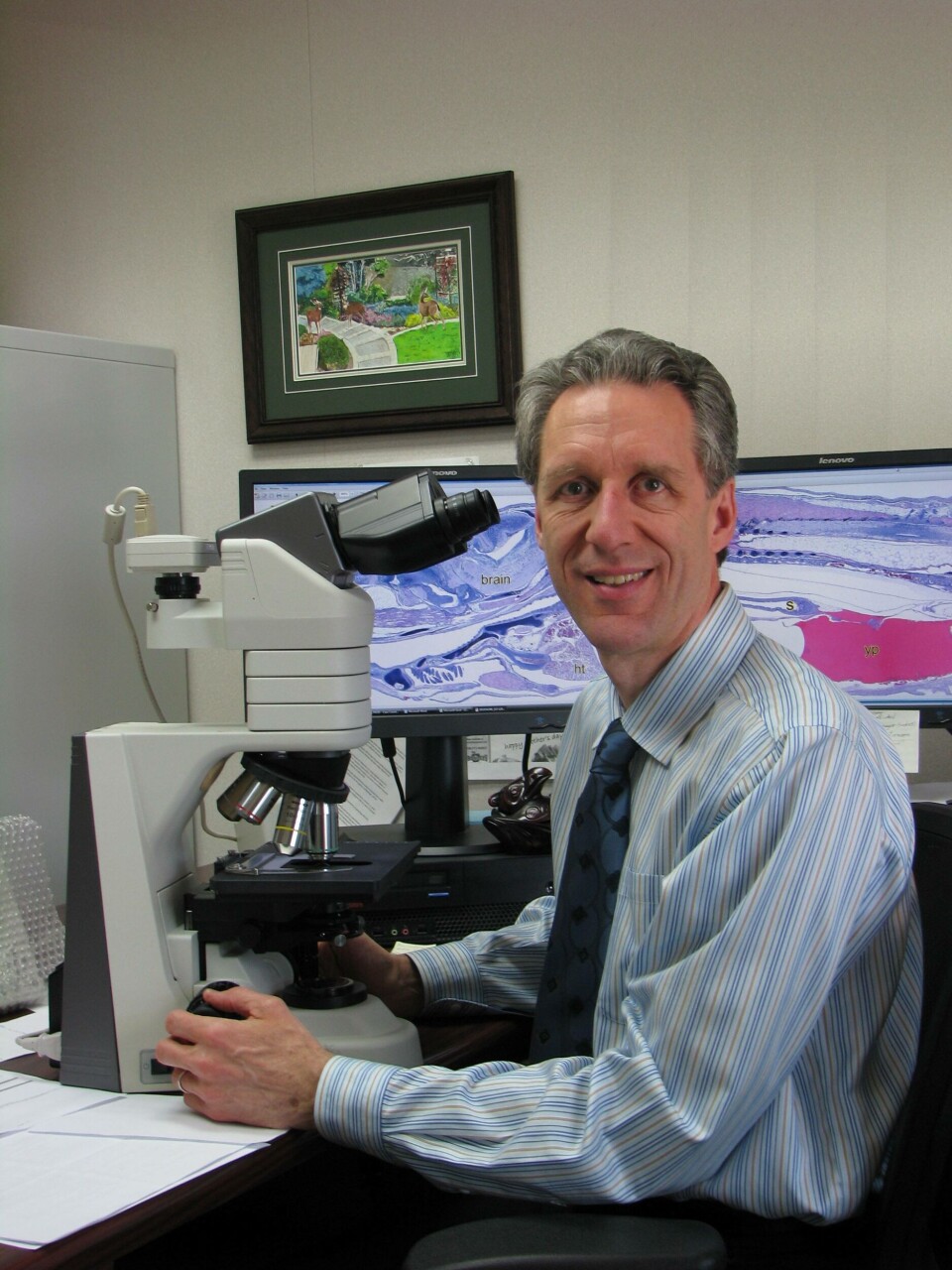
Risk and precaution paper deceptive, says expert
Misleading statements, incorrect or incomplete information, and a lack of disclosure are some of the highlights from the latest publication from professional activist Alexandra Morton.
A recent publication “Risk and precaution: salmon farms” by Morton and Routledge (2016) in the journal Marine Policy claims that salmon farms in the Discovery Islands region generate “greater than minimal risk of serious harm” to Fraser River (FR) sockeye salmon, citing evidence of harm from various viruses and sea lice.
However, detailed analysis reveals that the paper is filled with incomplete arguments and incorrect information.
An expert in fish pathology, Dr Gary Marty, Senior Fish Pathologist with the BC Ministry of Agriculture, provided comments and clarification regarding the conclusions of the paper.
“This paper is filled with incomplete arguments and incorrect or incompatible information”, said Dr Marty.
“Furthermore, on at least two separate occasions, the authors take information that medical scientists use to definitively rule out a disease, and incorrectly present that information as evidence that the disease is present.”
Reporting false positive test results does not present a risk to wild salmon
One of the major claims made by the authors (Ms Alexandra Morton and Dr Richard Routledge) is that infectious salmon anemia virus (ISAV) from farmed salmon is causing negative effects on the survivability of Fraser River sockeye populations.
The paper reports a Cohen Commission (CC) exhibit with “…evidence pointing to the presence of ISAV in 100% of Cultus Lake Sockeye Salmon tested in 2004”, but as Dr Marty explains, the authors fail to report the evidence that proved these results were false positives.
“The paper did not reference CC exhibit #2140, which shows that when the initial positive PCR test results were sequenced - a step needed to confirm the test results - the sequence did not match any ISAV isolate”, said Dr Marty.
He explained that when the sequence does not match the intended sequence in diagnostic medicine, it is considered definitive evidence that the test result is negative – no virus.
“The initial [ISAV] result is conclusively a false positive”, he said.
Fictional diseases and fictional viruses do not present a risk to wild salmon
The authors conclude that Salmon leukemia virus (SLV) “is highly transmissible to Sockeye Salmon, and an epizootic caused by this virus is correlated with the onset of the decline of the Fraser River Sockeye Salmon. It therefore poses greater than minimal risk of serious harm to Fraser River Sockeye Salmon.”
In the 1990s, SLV was thought to be one cause of a disease then called plasmacytoid leukemia. However, efforts to find and sequence an SLV have not been successful. Also, while some scientists diagnosed plasmacytoid leukemia in BC farmed Chinook salmon in the early 1990s, plasmacytoid leukemia has not been diagnosed in any BC salmon for at least the past 12 years. What might have been diagnosed as plasmacytoid leukemia 20 years ago is now recognized as an inflammatory response.
Regarding the diagnosis of plasmacytoid leukemia, Marty explained that just like how a safe cannot be opened with only one of the four required numbers in the combination, a disease cannot be diagnosed when only one of four required criteria for diagnosis is present.
“If any of the four required criteria are not present, we have definitive evidence that the disease is not present”, he explained. “Such is the case for the diagnosis of plasmacytoid leukemia.”
Dr Marty noted that the authors cite a spreadsheet of his diagnoses that was released to the public during the Cohen Commission. The spreadsheet reports only one of the four criteria needed to diagnose plasmacytoid leukemia.
“Not reported in the paper is evidence in my spreadsheet that none of the fish had any of the other three criteria needed for the diagnosis of plasmacytoid leukemia. This is definitive evidence that the fish I examined did not have plasmacytoid leukemia”, said Dr Marty.
“Although ‘plasmacytoid leukemia’ is no longer diagnosed in BC Chinook salmon, some BC veterinarians now recognize ‘marine anaemia’ as a clinical syndrome that can be caused by at least three organisms (Nucleospora salmonis, Piscirickettsia salmonis, and Renibacterium salmoninarum); other veterinarians do not use the term ‘marine anemia’: instead just naming the disease based on the causative agent”, he said.
“The best medical evidence today supports the conclusion that SLV never existed and it does not exist now”, said Dr Marty.
Incompatible arguments do not present a risk to wild salmon
The paper presents incompatible arguments about the relation of farmed Chinook salmon to FR sockeye salmon populations.
“On one hand, the only explanation provided for the largest Fraser River sockeye salmon run in the past 100 years (in 2010) is a decrease in the biomass of farmed Chinook salmon along the major juvenile sockeye migration route (along the east side of Vancouver Island) in 2008”, said Dr Marty.
“On the other hand, the only Fraser River sockeye salmon population that consistently increased before 2010 migrate mostly on the west side of Vancouver Island. There, farmed Chinook salmon biomass has remained fairly constant over the past two decades. The paper does not explain how one Fraser River sockeye population was increasing with farmed Chinook salmon on the west side of the Island at the same time that other populations were decreasing with farmed Chinook salmon on the east side of the Island.”
Viruses that do not exist in farm salmon are not a threat to wild salmon.
The authors state that “...the evidence suggests that farm-origin IHNV presents a greater than minimal risk of serious harm to Fraser River Sockeye Salmon”. However, according to Dr Marty, this statement is not backed by the facts.
“The paper devotes an entire section to the IHN virus without ever mentioning that since 2013 all BC farmed Atlantic salmon have been vaccinated against this virus, and there has never been an IHN outbreak on a vaccinated farm. The paper also does not cite scientific evidence that sockeye salmon smolts are resistant to IHN to the point that their mortality would be less inside a pen of IHN-affected Atlantic salmon (less than 10% after 30 days in the infected pen) than in the open ocean (about 3% per day)”, he said.
Providing incomplete data does not present a risk to wild salmon
The authors conclude that: “There is published evidence indicating (i) that at least one strain of the [PRV] virus was introduced to BC from Norway in the last decade, (ii) that PRV can decrease the success rate for Sockeye Salmon attempting to return to the Upper Fraser River watershed, (iii) that HSMI occurs in BC, and (iv) that at least one species of Pacific salmon (Coho salmon) can develop symptoms of HSMI. Therefore, the abundant presence of the highly contagious PRV-infected Atlantic farmed salmon in net pens in the Discovery Islands presents greater than minimal risk of serious harm to the FR Sockeye Salmon."
The authors cite information from one part of a 2014 scientific paper: “…the survival rate for Fraser River Sockeye Salmon returning to the Chilko River was significantly reduced in PRV-infected fish (p=0.014)…”, without including contrasting information from the same reference: the survival rate for Fraser River sockeye salmon returning to Lake Shuswap was significantly greater in PRV-infected fish (p=0.04).
“These contrasting comparisons are simply correlations that are sometimes helpful for generating hypotheses but rarely helpful for generating conclusions”, said Dr Marty. “Instead, medical scientists depend on controlled laboratory studies to sort out cause and effect.”
Again the authors appear to selectively include bits and pieces from their references when they state “[citation] reported that PRV transmits from Atlantic Salmon to cohabitating Sockeye Salmon”.
However, the text of the paper does not include the most important information from the study.
This information is not hard to find - it is right in the title of the publication resulting from the study: “Piscine orthoreovirus from western north America is transmissible to Atlantic salmon and sockeye salmon but fails to cause heart and skeletal muscle inflammation.”
Ignoring the best data does not present a risk to wild salmon
The authors state, “The European ISAV genotype has now been detected in all major salmon farming regions worldwide”, and “The discovery of segments of European ISAV strains in BC farmed Atlantic salmon and Sockeye salmon in the Fraser River warrants the conclusion that ISAV poses a greater than minimal risk of serious harm to FR Sockeye salmon.”
However, they are choosing to ignore the thousands of high quality samples from wild and farmed salmon that have been tested by several independently accredited laboratories in the United States and Canada for ISA since the early 2000s.
“All results are negative - no virus”, said Dr Marty.
“Results from more than 10,000 of these tests are publicly available. Incredibly, the paper does not report any of these test results”, he said.
Furthermore, he notes that the only ISAV test results reported by the authors are unconfirmed PCR-positive test results for ISAV.
“Marine policy makers cannot base their decisions on test results that have not been confirmed by OIE guidelines that are accepted worldwide as the standard for diagnostic medicine”, said Dr Marty.
Furthermore, said Marty, the paper does not provide any information that sockeye salmon are susceptible to disease after exposure to the ISA virus.

















